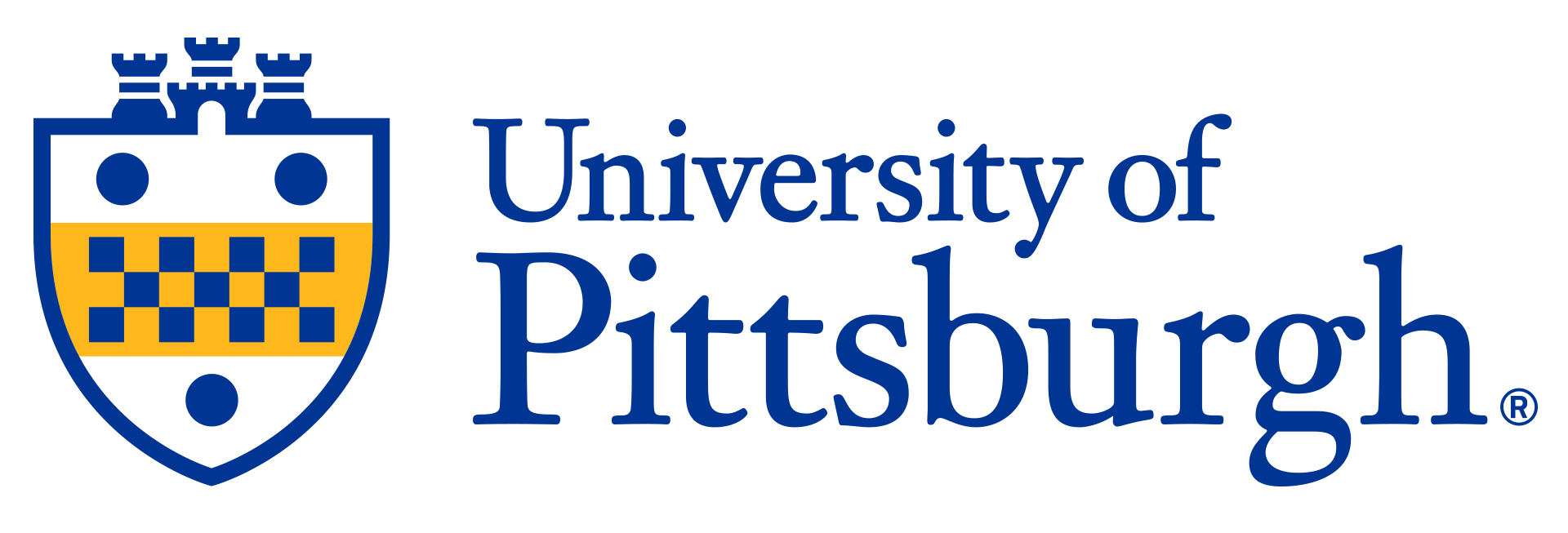Researchers at Pitt developed a novel hydrogel biofabricated from porcine vaginal extracellular matrix (vECM) and its potential applications in the field of Urogynecology.
Description
The vagina is a dynamic, mechanically robust organ that remains understudied in human and animal biology. This has impaired investigations into novel, regenerative medicine-based strategies for restoring vaginal integrity for maintenance of sexual health and pelvic organ function. Extirpative surgeries, radiation treatment, congenital anomalies, ovariectomy, menopause, aging, chemotherapy, and vaginal birth trauma can all result in loss or impairment of vaginal structure and function. Current strategies to restore vaginal health and function are limited and prone to complications.
Applications
- Pelvic organ prolapse
- Regeneration of injured vaginal tissue
Advantages
This novel vECM hydrogel represents a significant advancement in the field of Urogynecology, providing a customizable, tissue-specific platform for regenerative medicine and research applications targeting vaginal health and function. Further development of this technology will be highly useful for developing surgical devices to repair pelvic organ prolapse or as a medical device to regenerate injured or impaired vaginal tissue.
Invention Readiness
This technology is at the level of in vitro data. The researchers have developed a novel hydrogel biofabricated from porcine vECM. The hydrogel is created by first isolating whole vaginas from adult pigs, removing the cellular contents through decellularization, and then freeze-drying and grinding the remaining vECM into a fine powder. This powder is then dissolved in a pepsin digestion solution, which primes the vECM proteins for reassembly into a hydrogel structure. The hydrogel can be customized in various ways, such as by adding cells, growth factors, or pharmaceuticals, or by using it as a coating for exogenous surgical repair materials. The mechanical properties of the hydrogel can also be easily adjusted by modifying the vECM concentration, adding crosslinking compounds, or altering the gel salinity. The researchers have refined their decellularization technique and can reliably synthesize hydrogels at varying concentrations that correspond to varying stiffnesses. They have demonstrated the capacity for in vitro use by seeding cells throughout the hydrogel, with fibroblasts being the cell type used so far. The hydrogels have also been successfully used to coat polypropylene pelvic mesh, deforming with the mesh as it is placed under tension.
IP Status
https://patents.google.com/patent/WO2025114893A1
